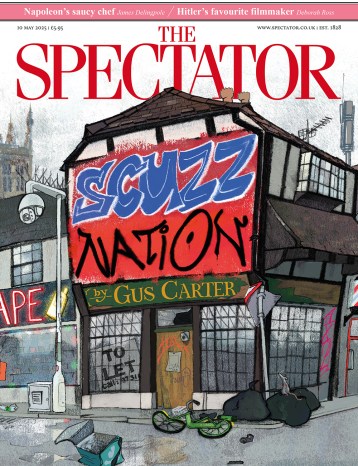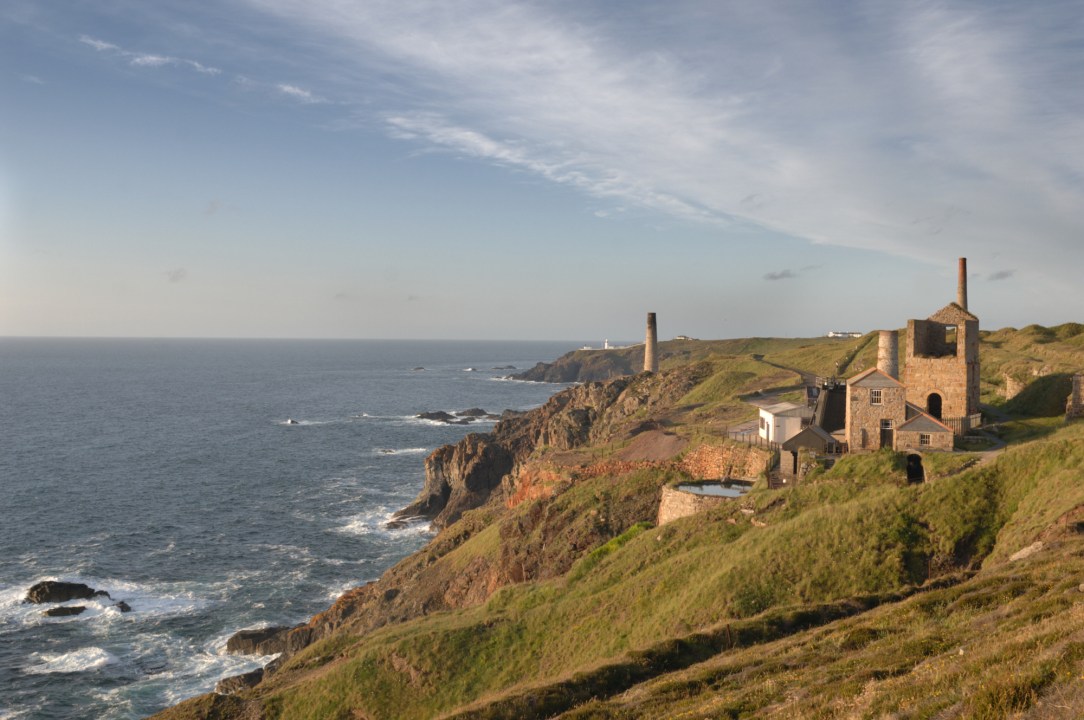The first smiths worked with copper and gold. Only when tin came to be added routinely to copper to make bronze did metal replace stone for tools and weapons. The innovation transformed Europe and Asia, creating new classes of makers and traders, and new ways to accumulate wealth and express power. And now a surprising study reveals that most of the tin – archaeologists estimate hundreds of tons a year – came from south-west England.
Now a surprising study reveals that most of Europe’s Bronze Age tin – archaeologists estimate hundreds of tons a year – came from south-west England
Although tin made up only a tenth of bronze, it was much harder to find than copper. Key tin sources were in the far west or east – principally Devon and Cornwall, or Central Asia. This previously presented archaeologists with a long-standing puzzle: the first regular bronzeworking occurred in West Asia, where there is no tin.

Britain’s best politics newsletters
You get two free articles each week when you sign up to The Spectator’s emails.
Already a subscriber? Log in







Comments
Join the debate, free for a month
Be part of the conversation with other Spectator readers by getting your first month free.
UNLOCK ACCESS Try a month freeAlready a subscriber? Log in